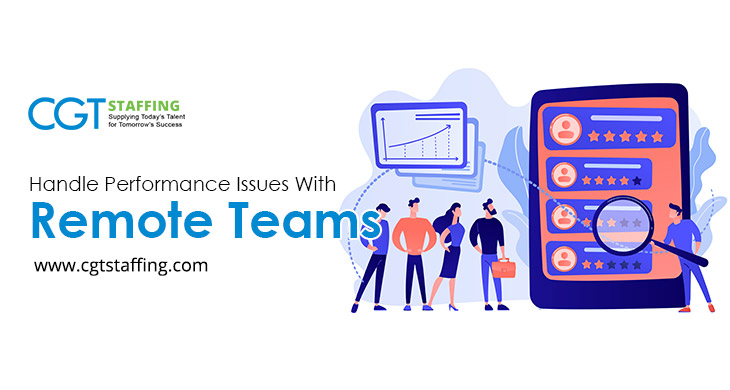Workforces and workplaces have transformed dramatically over the past two years, just like everything else. COVID-19 has been an unprecedented disruption across countries, economies, and industries, and one of the most visible changes has been a shift towards remote working. However, most managers and C-level executives today have never had to encounter this style of unconventional work. Which means they have to figure out how to manage remote team performance for the long term.
Table of Contents
Remote Team Performance Management
Managing remote team performance can be more complicated than the average workforce. There are several reasons for this. The biggest underlying cause is that very few employers are familiar or comfortable with remote teams. For over 100 years, workplaces have involved shifts, business hours, floor space, and on-premises workers. Remote work isn’t an entirely new idea. Employers have offered remote working flexibility or privileges to employees in the past.
However, remote work on the scale it is today is unprecedented, as is the speed at which businesses have had to shift to a remote working model. This model impacts everything from centralized hiring to workforce management approaches. This means employers may need to rethink their entire workforce model and their approach to managing performance sustainably. Here are a few tips that could help make this much easier:
Empowering Workers
Remote workforces have very different mechanics from conventional ones. That implies a responsibility on an employer’s part to understand and respond to these mechanics accordingly. One of these includes realizing that conventional workflows may be inefficient or redundant in a remote workforce model. In fact, clinging to conventional working models maybe even impair remote team performance.
Instead, employers need to empower their workers with more autonomy and responsibility. These could help remove many obstacles that employees may face while working remotely. Most importantly it could help streamline tasks and make workflows more efficient. Worker empowerment approaches should be a big part of your talent acquisition strategy.
Encourage Freedom and Autonomy
Workers need more freedom and liberty to exercise innovation. This also helps them build the ability to make stronger decisions under time-sensitive timelines. Conventional workplaces imply a worker can always go to their superior or other authorized colleagues for the final say. But when they have the power to make business decisions, it encourages very healthy growth in both confidence and responsibility.
Remote workers may face several obstacles that other workforces don’t. For example, mortgage recruiters may find it difficult to conduct in-person interviews. With the power and authority to take faster-hiring decisions, they may be able to perform even better than in conventional models.
Ensure Clear and Streamlined Communication
Streamlining and encouraging communication is an important component in team performance. However, it is not easy to ensure the message you sent is received properly. This is true, even in a conventional workplace. And the same gets even more probable in remote working models. As most managers know, miscommunication can lead to a lot of inefficiencies and wasted effort.
However, remote working offers several alternatives that may not exist in the conventional workplace. Digital working platforms and communication applications can often streamline business communication far better than any conventional methods so far.
Of course, there may still be unique hurdles to overcome. For example, workers hired during the pandemic may never have actually met any of their colleagues in real-time. This could create a disconnect among workers that may impact their performance. Team building activities in 2021 may look different, but a fun virtual game night can help workers create and form connections outside of a work setting.
Conclusion
Managing remote teams and their performance may not always be smooth sailing. But managing remote teams and their performance is still a long-term need. Addressing it early on could ensure a smoother workflow until the pandemic is finally over. Many are hopeful that a “Return to Work” Checklist may be a real possibility soon. But until that happens, employers would do well to make certain changes to their team management approaches.
